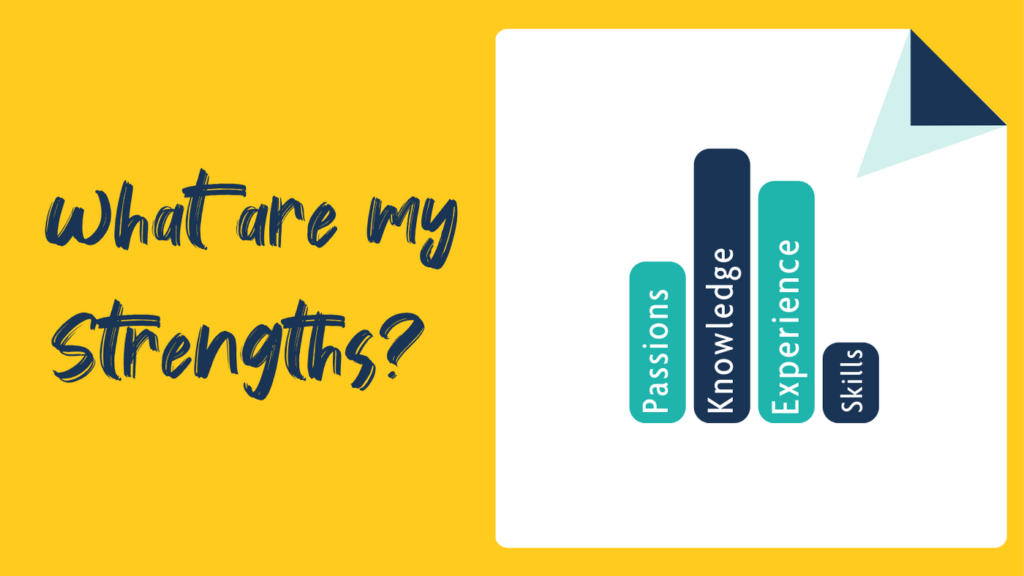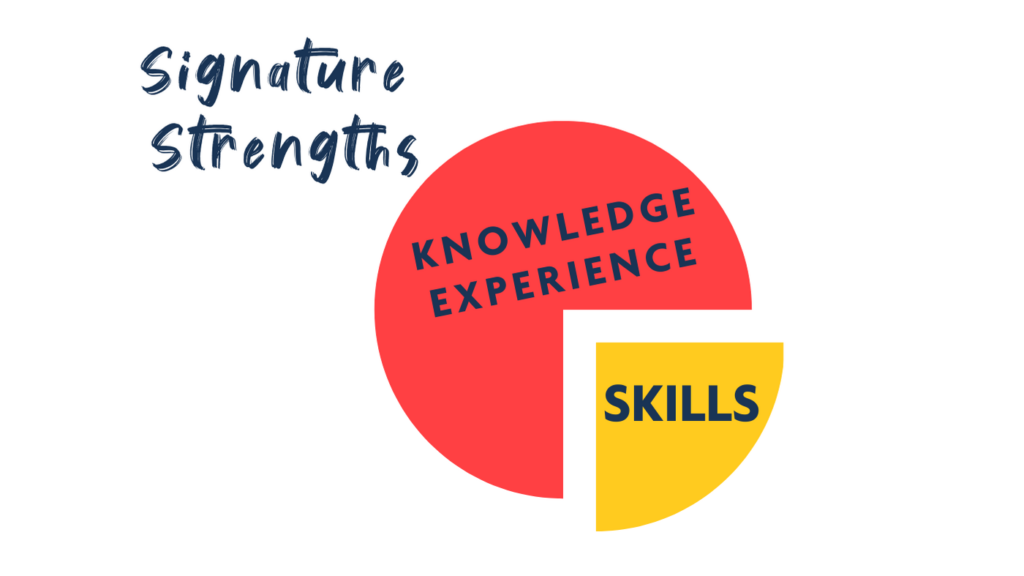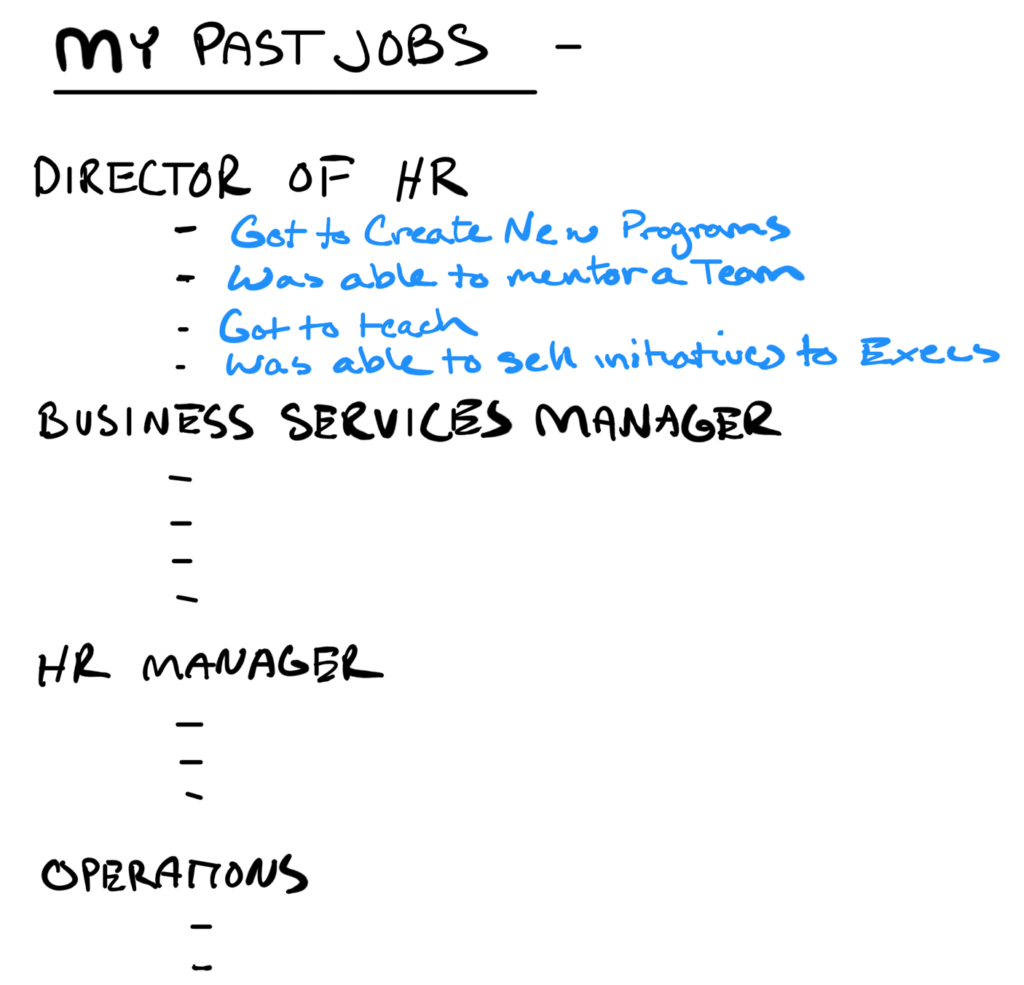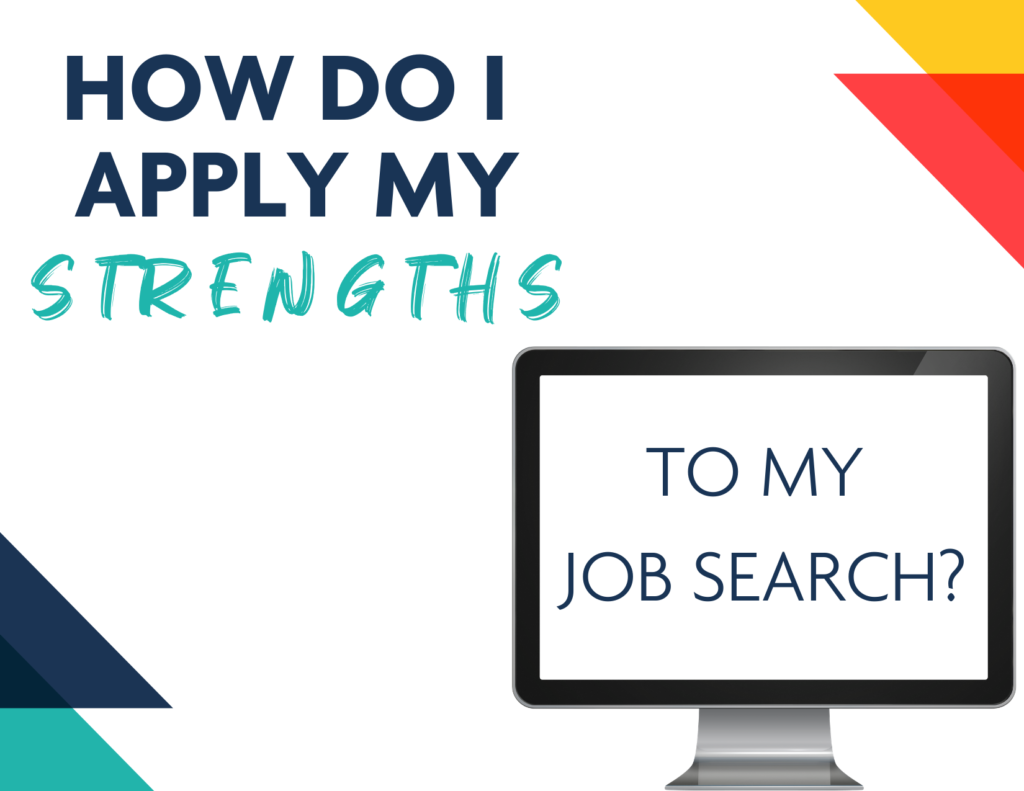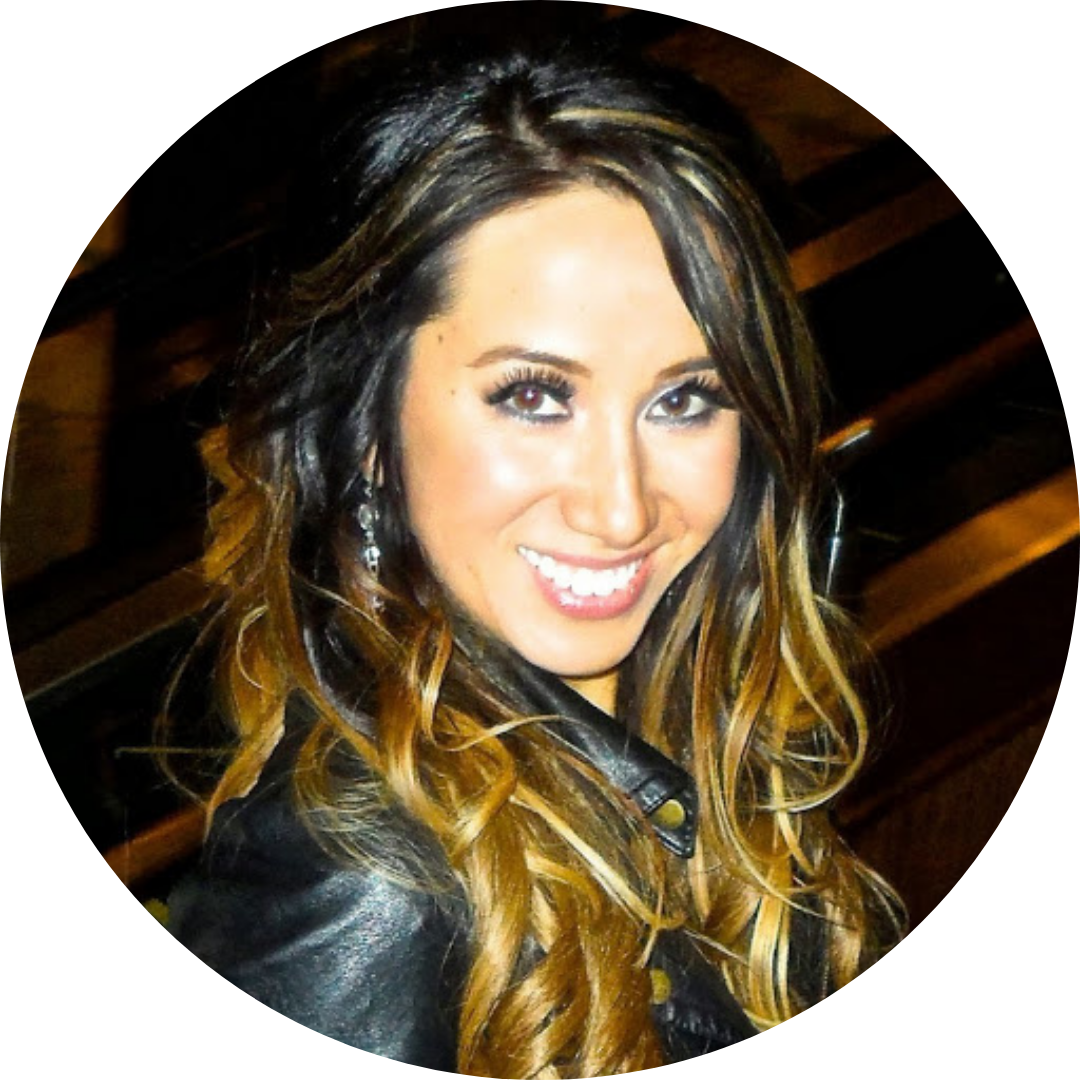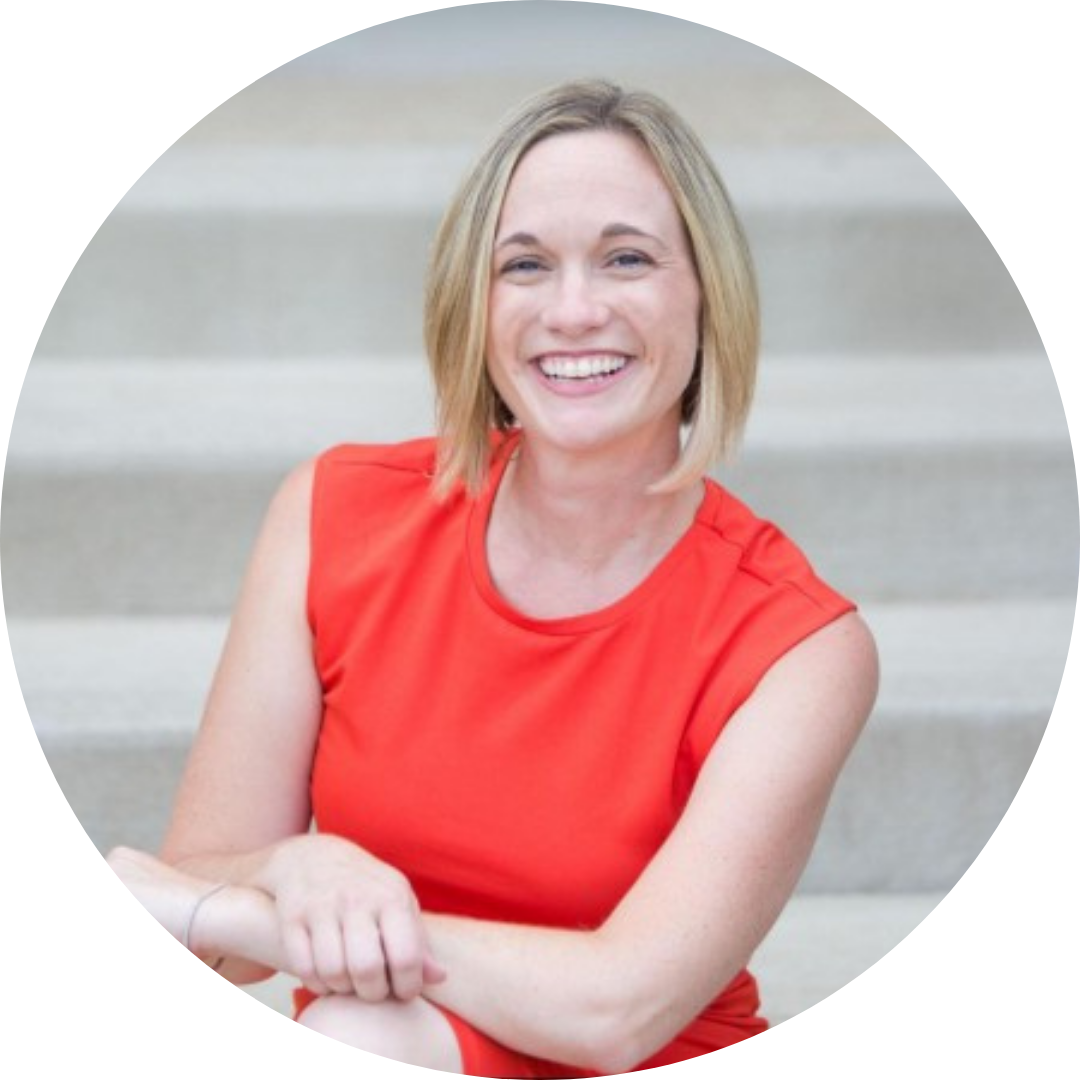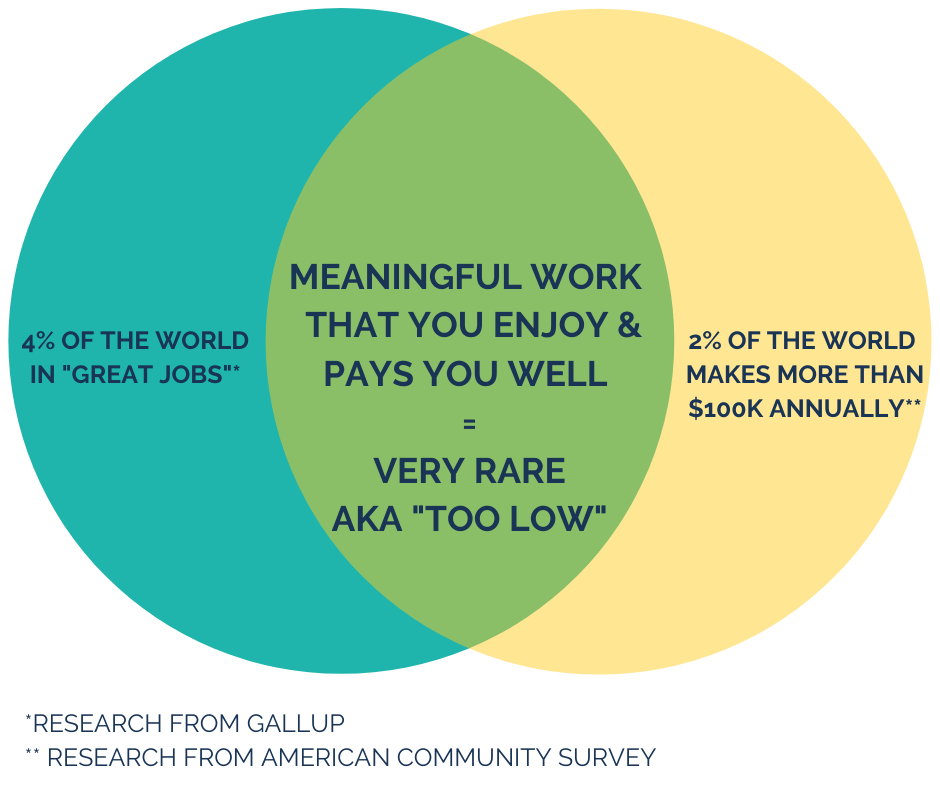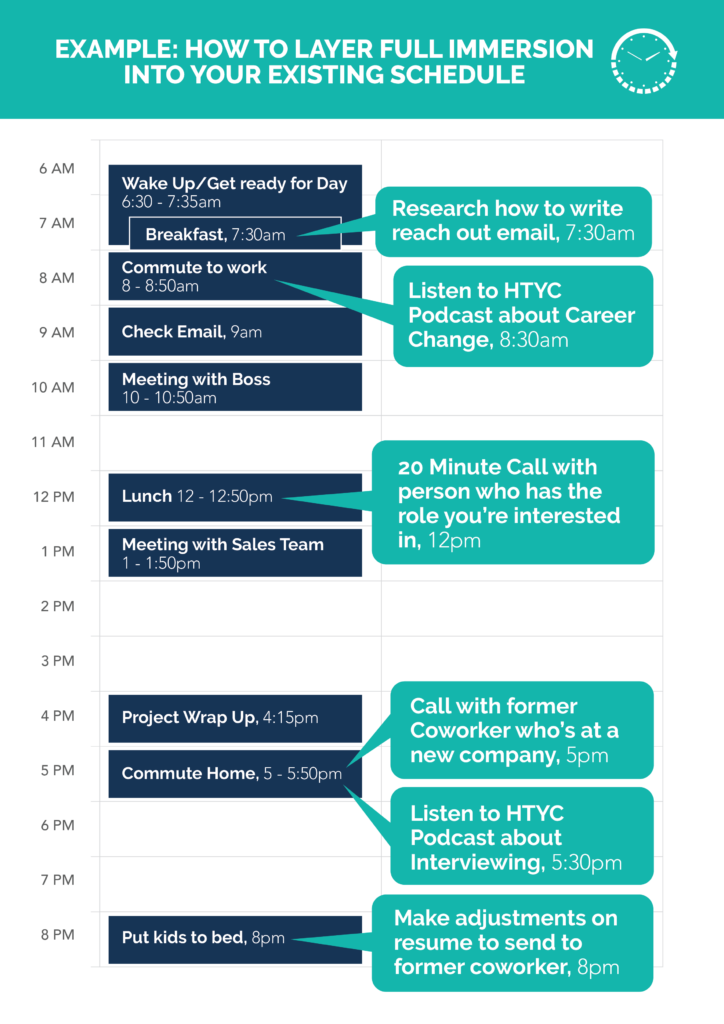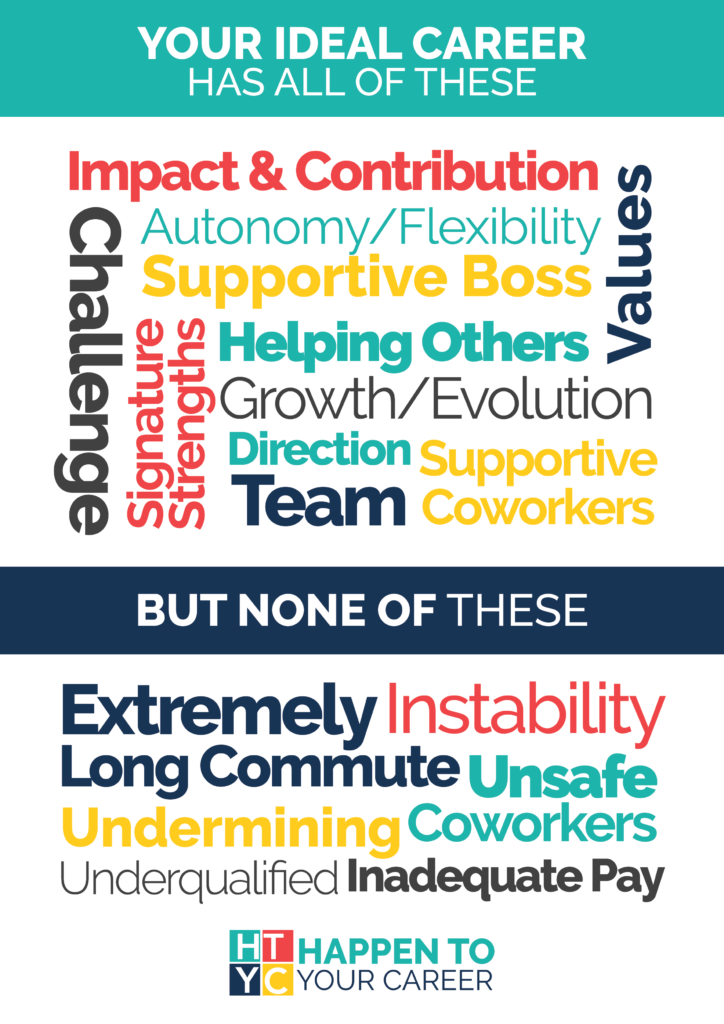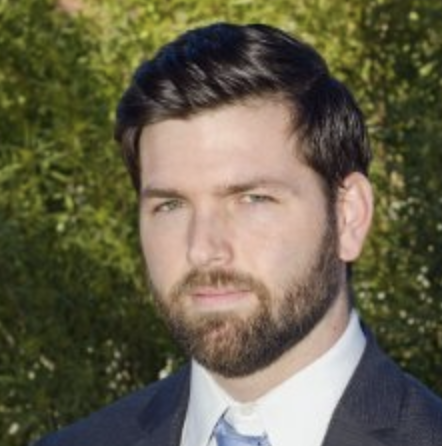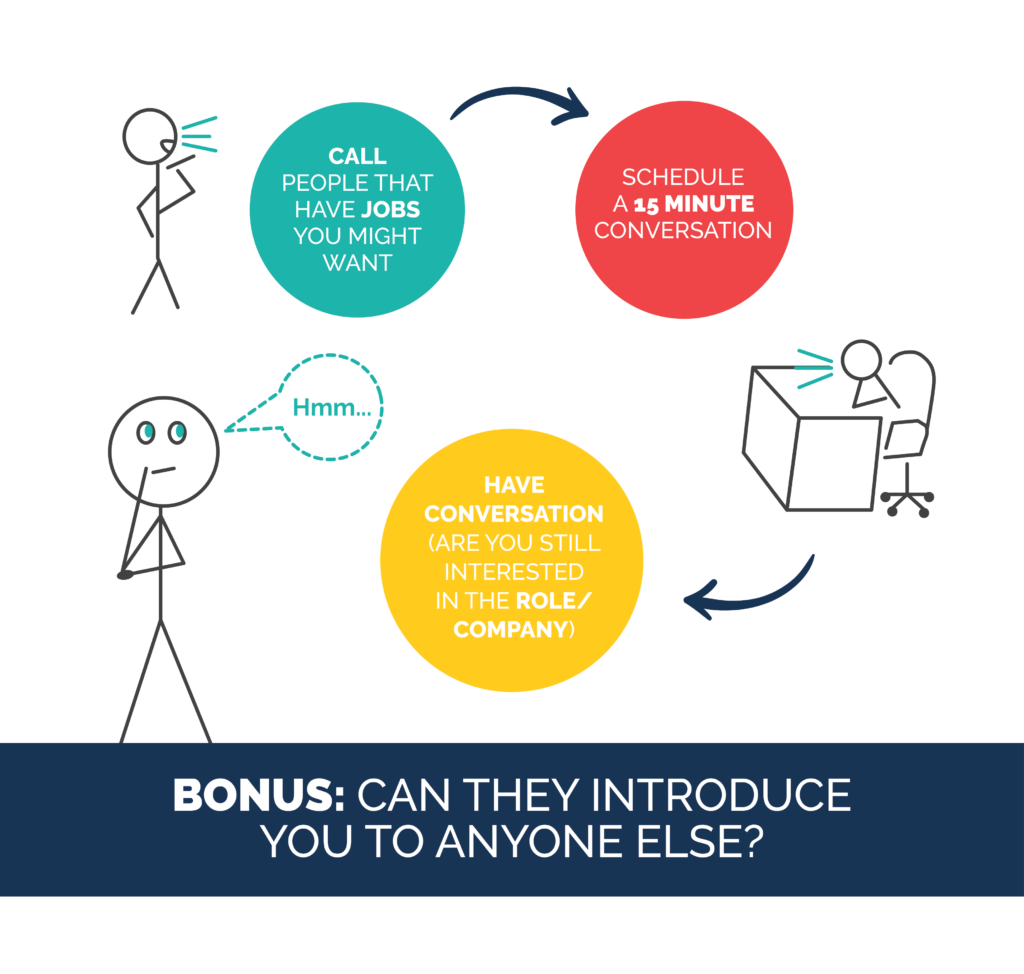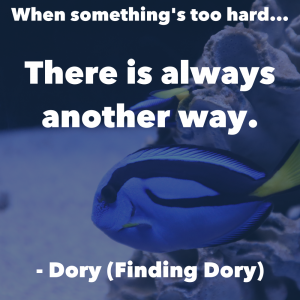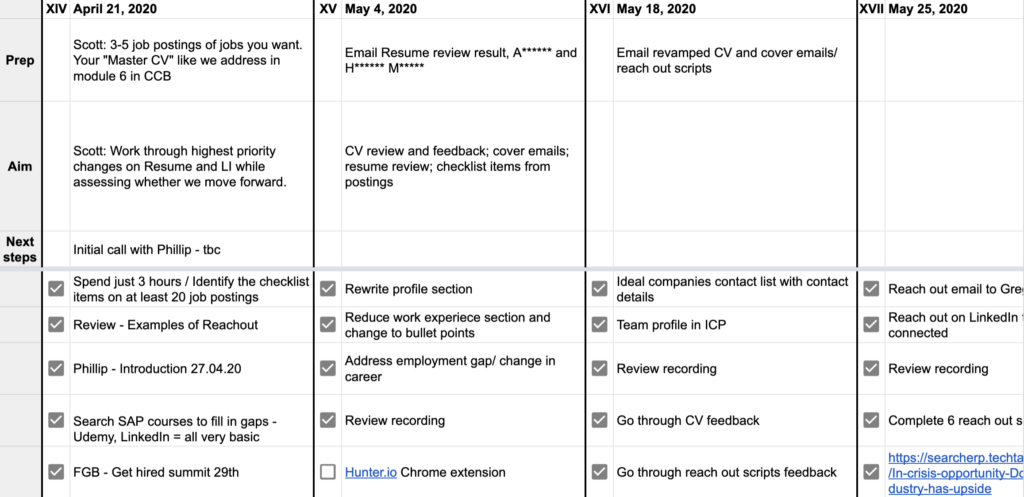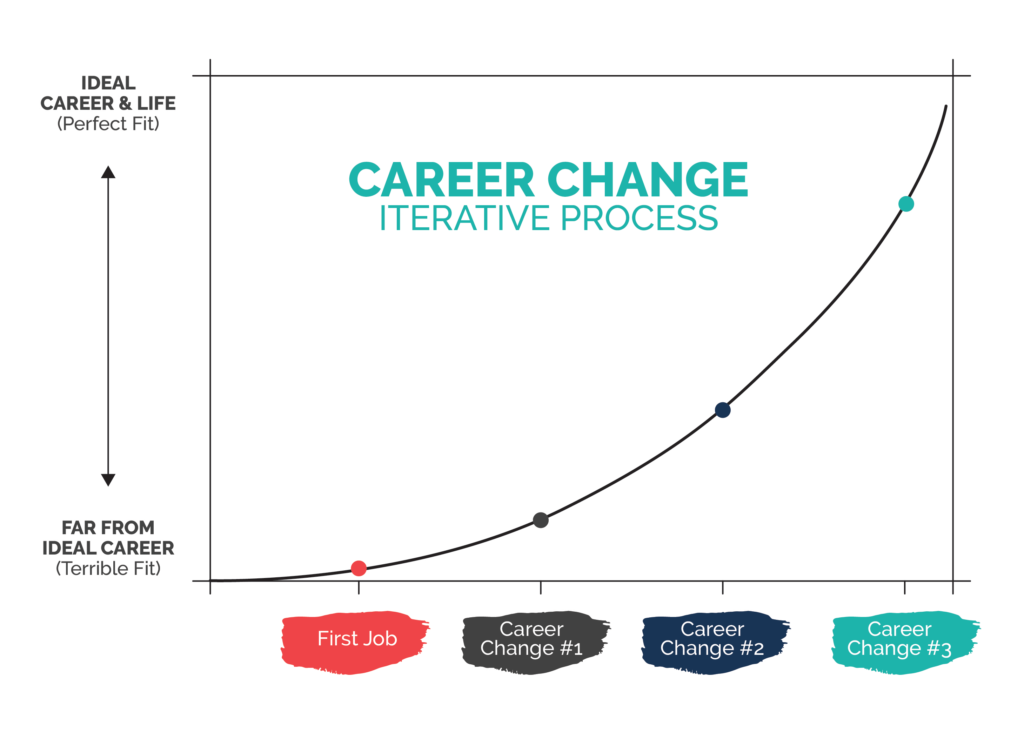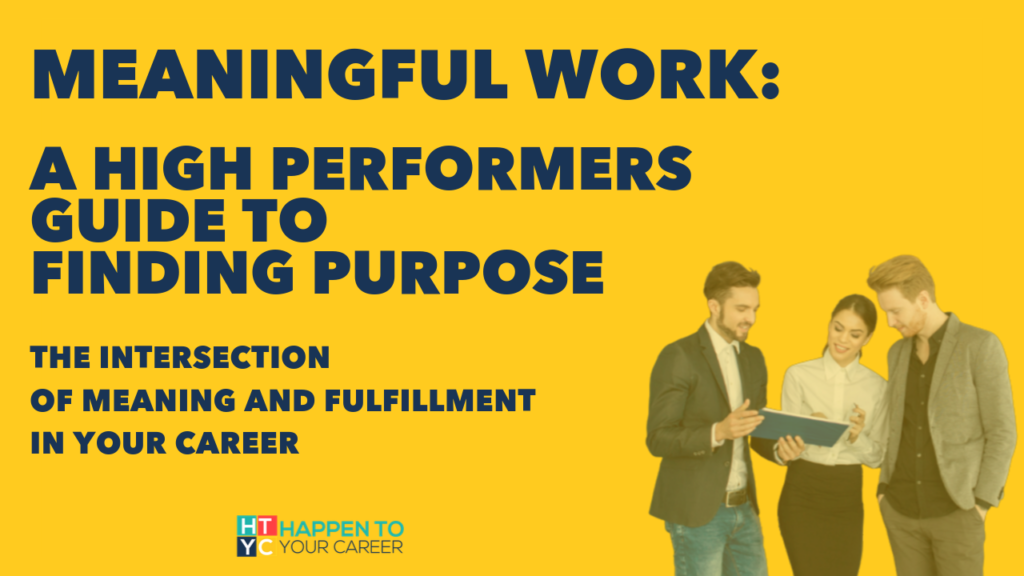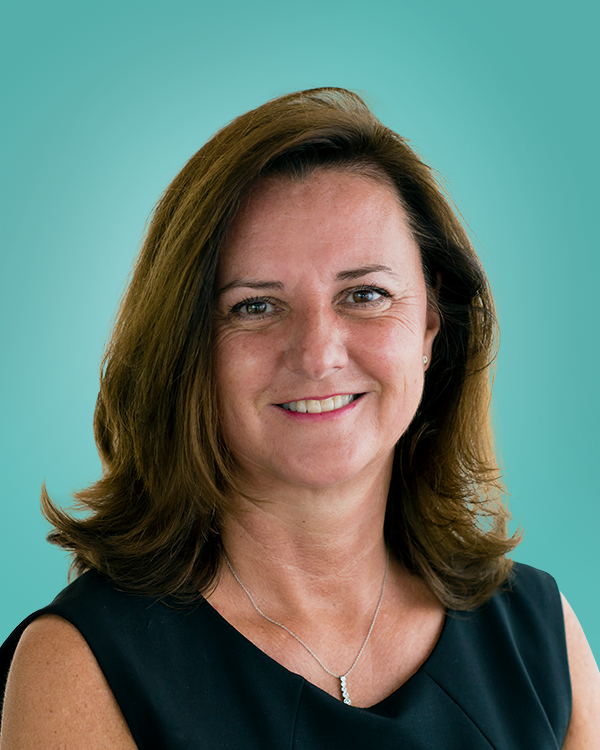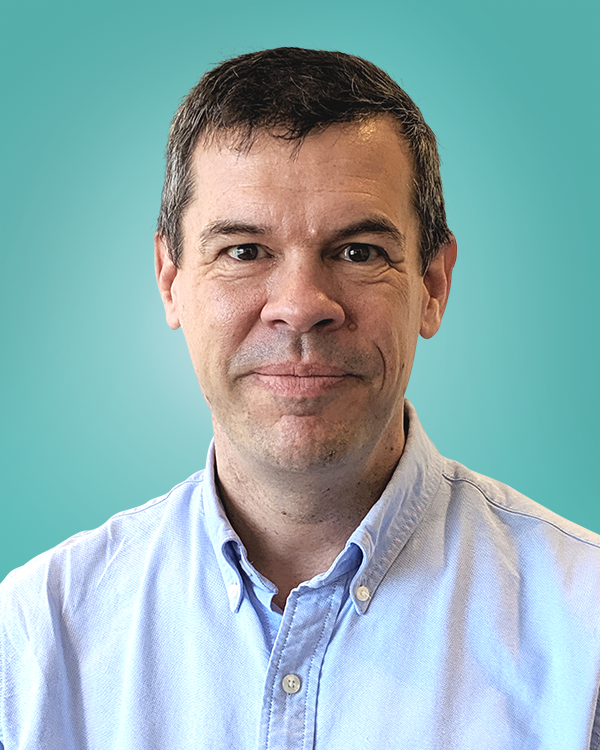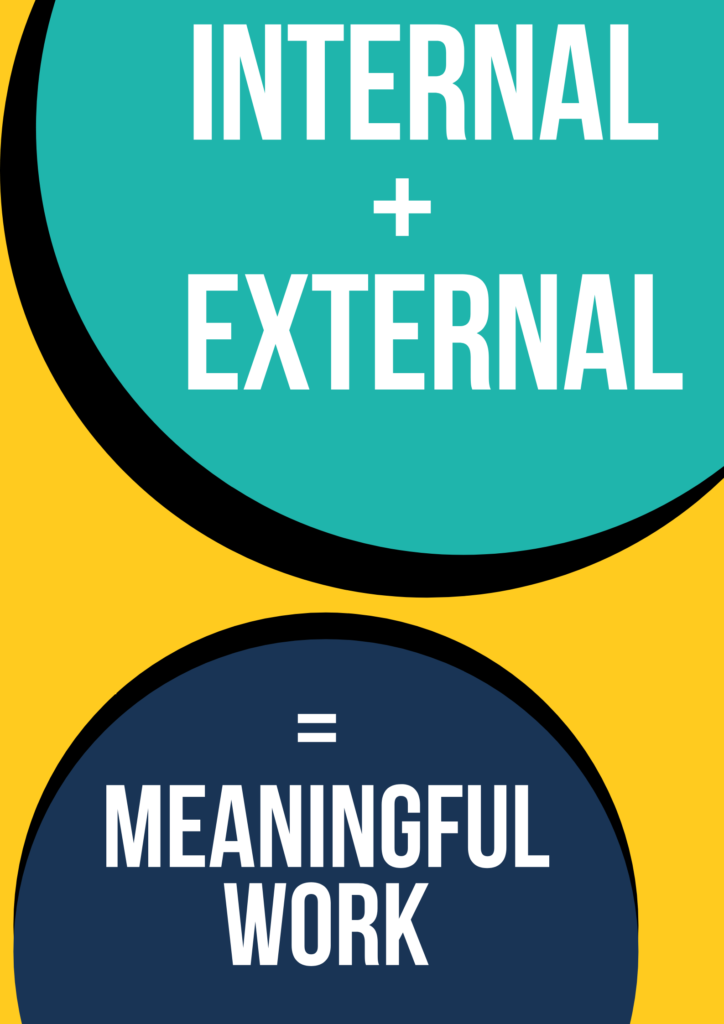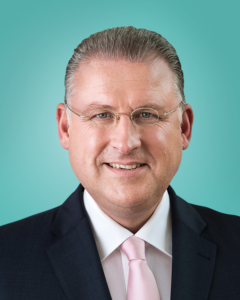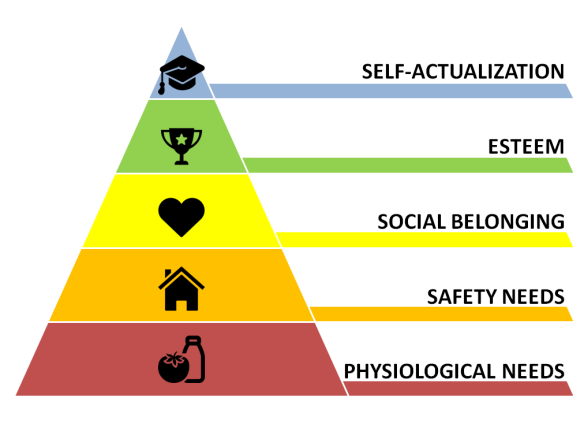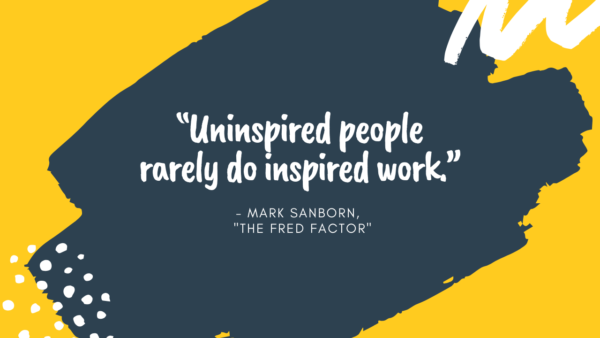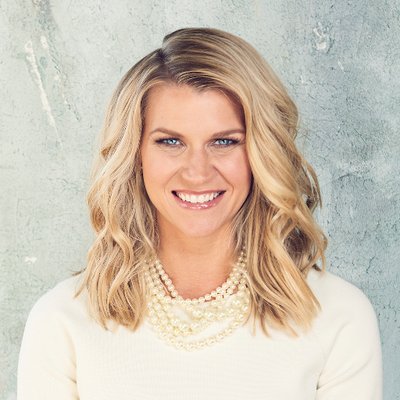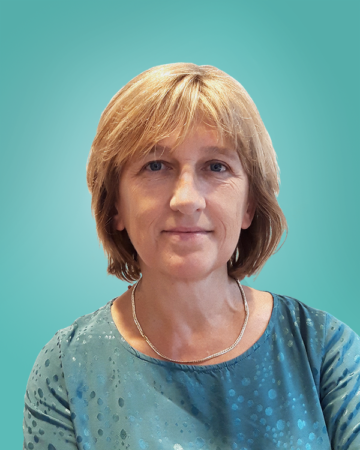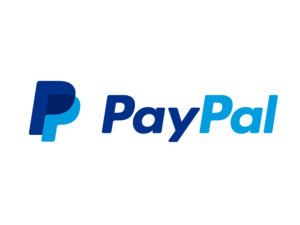How to Become a Career Coach
The ultimate guide to creating flexibility by launching a coaching business
INTRODUCTION:
SO YOU SHOULD MAKE CAREER COACHING A FULL TIME BIZ WHEN YOU…
There are A LOT of reasons people come to me wanting to start a coaching business.
Freedom, Flexibility, Travel, Help others, Control of their lives, Do work they love doing. Make a big impact in someone’s life. The list goes on and on.
For me personally the first time I thought about it, I knew that I wanted to be around for my kids and that I wanted to help people completely change and improve their lives.
However most of those exact same people don’t see how they can make a living at it or how to make it possible for themselves.
This might be you too.
BUT HOW DO YOU KNOW IF IT’S WHERE YOU SHOULD DOUBLE DOWN YOUR EFFORTS?
If you’re the type of person who for some crazy reason people just keep coming to you for advice OR you’re that person who people want to share everything with.
Maybe you know that even though you can be a high performer working for someone else, you really want to actually be working for yourself.
You probably enjoy helping other people and probably also appreciate how some businesses can do a lot of good for people and the world.
Depending on how far along on this journey you are you might have already had a few clients that you’ve helped out.
You might even have a website where you’re just not sure how to use it to bring yourself clients or truly convey your expertise and establish yourself as an “authority”.
You’ve probably had passing thoughts about a coaching certification (but wondered whether or not it would actually help get you credibility or give you what you need to make this into “a thing”)
If all of the above are true OR even just one, it’s probably a safe bet that you would enjoy coaching full time tremendously.
Above all if you find that you just can’t stop helping other people in the areas you enjoy and have learned about or have some experience in, then it’s probably a great sign that you should be coaching or consulting in one form or another.
Plus, I’ve found that once you’ve done coaching and learned how to build and scale a business, it sets you up for so many ways to pivot from there.
I think of it as the best win-win-win way that I know of to start other businesses because it’s essentially “paid research” where you are legitimately helping someone solve their problem while they’re ecstatic to pay you AND you get to learn all about exactly what they need most from you to help them. Plus, when you do a really good job, they are all too happy to recommend you to others (think testimonials! Yea!)
Here’s an example of just a few spinoff businesses from people who I’ve helped get started with coaching.
- Paid Speaking (once you’ve built authority on a topic area, people want to know more)
- Created Training Classes and Group Coaching Programs
- Live Events and Experiential Events
- Online Education and Courses
- Consulting for corporations (for expertise in their market)
- Licensing for corporations or individuals
- Published books and other published works
The possibilities are truly endless.
Wherever you’re starting in this journey, I’d like to show you 3 things that we show our paid clients and students who are starting and growing coaching businesses.
- Exactly how it’s possible for your situation
- What the exact steps are
- How to position yourself as an authority in a market (quickly)
You’ll find all of these in the guide below!
Hugs!! Enjoy!
About the Author
Scott Anthony Barlow

Scott has started several successful businesses, multiple podcasts, including two of the Top 5 “Career Change” Podcasts on iTunes. He’s the founder of the Professional Career Coach (PCC) certification. He’s also started a very large number of projects, ventures and other general catastrophes that his wife Alyssa told him wouldn’t work (turns out she’s usually right!)
He is the CEO of HappenToYourCareer.com and now helps others avoid those same mistakes when becoming Professional Career Coaches and growing their own career coaching businesses! He’s directly helped hundreds of people begin their very first business and helped most of those have their first $10,000 month of business.
Scott (who listens to his wife these days) and Alyssa live with their 3 kids in Moses Lake WA part of the year and somewhere else in the world the rest of the time! More about those adventures at FamilyPassport.co!
He absolutely loves thinking he’s up on music before it becomes trendy (you can’t tell him differently) and his extended family tree takes a whiteboard to be able to explain.
He also dislikes writing in the 3rd person, but really hopes you love this guide!

Get the Guide Right Now!
DON’T HAVE TIME TO READ THE WHOLE GUIDE RIGHT NOW?
Send it to your email!
- What you don’t have to spend time doing
Read More
- Who do you actually want to work with (and can help the very most)
Read More
- How to package an offer that gets clients (because it isn’t what you think
Read More
- Creating a client attraction magnet (because… Well, isn’t it obviouse you want to attract clients, right?)
Read More
- The not-so-magic trick of getting people to come to you
Read More
- How to put it on auto-pilot so that you can spend your time on coaching (and traveling)
Read More
- Ok…Where do I start?
Read More
What you don’t have time to spend time doing
Let me first get something out ***rant ensuing …now***
There are a billion (ok not a billion, but a lot) of people that call themselves coaches out there.
At one point I hesitated to even call myself a coach because it’s so low of a barrier to entry. Pretty much anyone can hang out a shingle and many people have unintentionally made a mockery out of the title because it’s become so well used.
Here’s the sad state of truth right now:
When you see the title “Coach” after someone’s name, it’s a pretty safe bet to assume that:
- It’s not the main source of income for that person (read: it’s their side hobby) OR
- That person is broke because they struggle to get clients and spend most of their day perusing facebook and leaving comments in various groups hoping they will hook some clients; OR
- That person is paid by an organization and NOT running it as their own business.
I’m over that now ***END RANT*** and I prefer to dedicate a portion of my time to making sure that the people that I work with are elevating coaching as a profession and a business. We’ve actually even gone so far as to create a Career Coaching Certification and training to help elevate the profession.
It still doesn’t change the fact there really aren’t very many “coaches” out there that really are amazing and are helping their clients get astounding results. There are even less that are great at coaching AND making a healthy living, running a coaching business.
Here’s the two reasons why –
- Most coaches are good at their craft OR their set of expertise. They aren’t good at business… particularly marketing! (and most of them don’t enjoy it either) – This means they don’t have enough leads (people who are interested in their services) to survive!
- Most coaches don’t charge enough for their services to make a healthy living –This means they don’t know how to value the result they are providing OR aren’t focused on providing a particular result
Let’s call this group of well intentioned people that aren’t getting paid what their worth and not helping very many people “Broke Coaches”
Here’s what Broke Coaches are doing that you don’t want to do (and shouldn’t need to).
TRYING TO BE EVERYWHERE
Broke Coaches are on Instagram, LinkedIn, Snapchat, Facebook, Twitter, Foursquare (wait is Foursquare still around!) and whatever the latest type of social media that Gary Vaynerchuk has mentioned might be hot in the future.
They are chasing after people EVERYWHERE.
I don’t know about you but I did this for like 2 weeks and it was exhausting. Plus I’m lazy, my mind always goes to the question of “how do you make this easy?” and possibly even fun!!!
To be clear, there are a couple people I have seen this work for. Those people are extremely intentional with their strategy and they LOVE all types of social media. I would rather be helping people by coaching them than spending my time that way.
On top of this, these same people are writing blog posts, and publishing articles on LinkedIn and wait maybe I should be starting a YouTube channel… and what about my new podcast? It got 3 downloads today.
Ughh… I’m exhausted again.
You can stop doing this. Right now. Stop! Yes I know people tell you to do this. Don’t listen. It’s a recipe for disaster.
When you’ve done so well you can hire other people to support your business (can anyone say “executive assistant please!!!”) then you can be more places! It’s a much shorter road than you would think!
You have permission not to “be everywhere”
TRYING TO HELP EVERYONE
I’m warning you right now. This one will be hard for you.
It’s been hard for everyone I’ve helped. It was difficult for me too.
Everyone goes through this learning curve. I hope to help you go thru it faster.
The type of people that make great coaches are generally the type of people who truly enjoy helping others.
This means that Broke Coaches make the mistake of not focusing on one very very small target market (or very specific type of people with a specific type of problem they can solve) instead you get “life coaches” and very general coaches who are afraid to exclude anybody.
This of course means that they don’t really appeal to anybody and don’t really get to help out.
The irony here is that it works backwards from how most people think.
When you start very specific, it causes you to stand out and appeal to a targeted group. Then people want your help with many different problems instead of just the problem that they came to you for.
However if you start the way Broke Coaches start then you are trying to appeal to everyone and then people are confused about what you do and if you’re the right person to help them.
This of course leads to binging on hazelnut dark chocolate (mmm…) and crying in a corner wondering why this coaching thing is so hard and if you’re really meant to be a coach.
Don’t do that. Stop it. Before you even start!
THE PRETTIEST WEBSITE WINS (OR DOES IT?)
I’ve had so many emails from people that have spent a ton of time or money developing a beautiful, professional looking website. Or getting spending tons of time with their business license or choosing the right accounting software or trying to get everything just right for when clients come in the door!
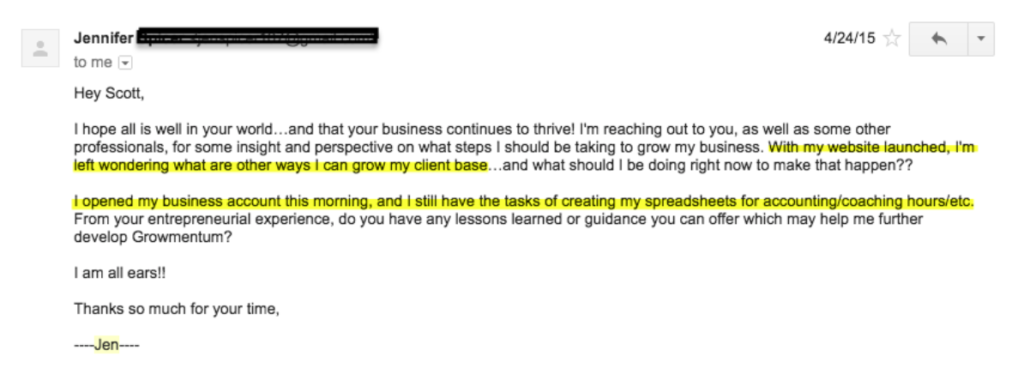
When I ask these same people how many clients they have the answer is either
A) none yet OR
B) I have a few people that are unpaid.
For some reason we associate the appearances of success with feeling like we are successful. Which means that too many of us spend a ridiculous amount of time on things like our websites making it look like we have lots of clients, when we could spend that same time just going and getting lots of clients.
I’ve done it too! That’s how I learned WordPress. By spending over 30 hours trying unsuccessfully to make my website look “professional”
We teach people in our Coaching Training programs how to put together a very simple but effective website and exactly what parts you actually need vs. which parts are a waste of time when you’re starting. Here’s the secret. It’s not much!
Later on in this guide we’ll actually show you how to attract leads of people who want to work with you WITHOUT a website. Crazy right?
Not really – what’s crazy is spending a ton of time and money get spreadsheets ready for clients you don’t even have!
Stop doing this. It’s distracting you from the part of business where you help people and make money from the helping of the people! Plus it’s what Broke Coaches do!
Here’s a short list of other things you can stop doing. You have our permission! Somebody else telling you to do them? I’ll write you an “excused note” saying you don’t have to. Just email me!
- Stop trying to be on all places at once (you don’t need to be on all social media channels – hang out where your people are)
- Stop messing around with your website (it’s never finished even when you run a 6 or 7 figure business)

Get the Guide Right Now!
DON’T HAVE TIME TO READ THE WHOLE GUIDE RIGHT NOW?
Send it to your email!
Who do you actually want to work with (and can help the very most)
There’s this secret to business success. Only it’s not really a secret.
It’s actually more like great advice that nobody really actually does, because they don’t see the value in it.
It’s like when you borrow your Dad’s truck and it’s slick out and he warns you that it’s really slick and that you will have to go really, really slow and drive differently than you normally do and you shrug it off and say “I know, I know” but then less than five minutes later you’ve run the truck into a dumpster and you can’t quite figure out how it happened.
You know the feeling…Wait. You’ve never done that?
Oh… me neither!
Anyhow, it’s this thing that most people know they’re supposed to do and they give it lip service but never really do it and then wonder why it’s so hard to figure out what you should be doing to grow your business.
THE NON-SECRET
What is this big “non-secret” that is the business equivalent of exercising and eating right to keep from being fat?
It’s called your “target market”… also called your niche, ideal audience, avatar, target customer, and your “wheezy” (ok, I made up that last one!).
Whatever you call it, one thing is true. Everyone underestimates the power of this.
Here’s a comparison of the difference between the Broke Coach and a Profitable coach making six figures from her business.
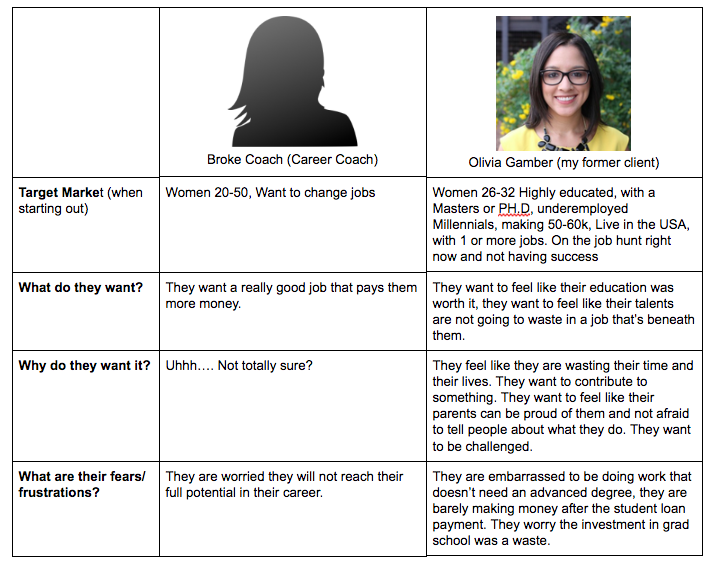
OK, the difference between how well they know their market is obvious. Great. Whatever…
THE REAL QUESTION IS “WHAT DOES KNOWING YOUR TARGET MARKET ACTUALLY DO FOR YOU?”
I’m so glad you asked!!!
Well aside from the extremely obvious piece that if you know exactly what the people in your market are thinking before they even think it then it makes it incredibly easy to communicate with them.
Which of course means:
- When you create an offer for them, you know exactly what they are really looking for!
- It allows you to know what types of incredibly helpful content you can create for them that is going to have them looking to you as the authority in their eyes. (without any guesswork) – More on this in the Client Attraction Magnet section
- By the time you get on a “sales call” with them, you don’t have to do any “Used Car Lot” tactics because it just becomes about giving them what you already know they need and nothing else.
More importantly than all of that it helps you know exactly where they hang out.
When you know exactly where they are, you can just go to where they are.
Wait that was so simple, you might have missed it. Let me say it again:
When you know where the exact people who have the exact problem you solve spend their time, you can go right to them!
Don Quixote
Here’s how to think about this differently. Remember that the Broke Coach is wandering around going crazy trying to be everywhere. Well this is the exact reason why!
If I know exactly the person I’m trying to reach, I would know where they spend their time. And why would I keep interacting with everyone on LinkedIn, Twitter, and Facebook if my target market spends the majority of their time on Instagram?
Don’t answer that! Rhetorical Question. Besides you already know the answer and can probably feel the relief rolling over you that you don’t have to do all this “extra” stuff.
WHEN YOU’RE RUNNING AROUND DOING EVERYTHING AND NOT FOCUSED ON A VERY SPECIFIC PERSON YOUR EFFORTS CAN’T BE CONCENTRATED AT ALL.
You’ve heard the analogy of throwing a pebble into the ocean. You know it doesn’t do much!
I don’t want you doing that. I don’t even want you throwing your Marketing pebbles into a lake… or even a pond!
No. Instead, I want you throwing a boulder into a stream! A stream of ultra specific people that you already know are going to respond to your message.
Here’s what that looks like:
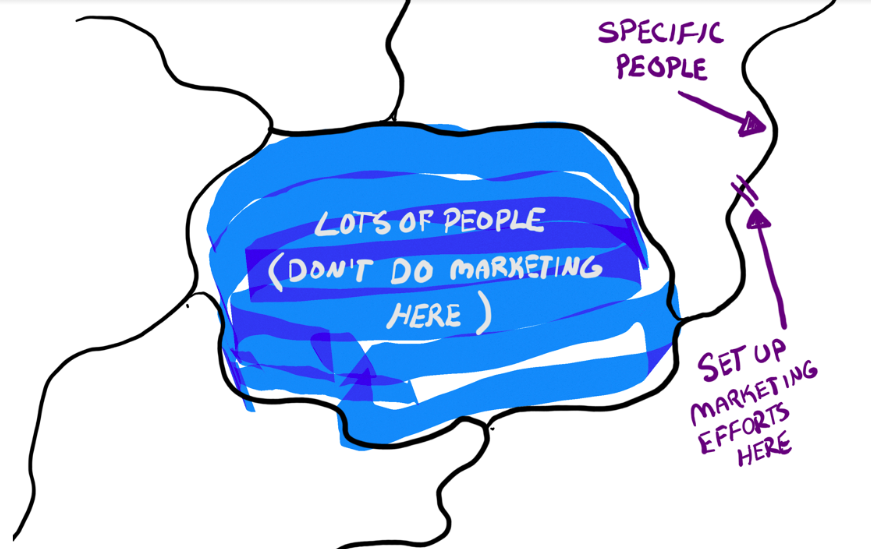
Once you know where these people are, you can simply go to where they are. At first you can throw your boulder in, but later on, as you build authority and credibility in that space, I want you building a dam on that stream!
Now regardless of how you feel about the ecological effects of big dams on tiny little streams, we can all agree that going upstream and plunking yourself down right where you know those people will be coming is a way better approach than chasing after them wherever they might go in the big ocean!
I would rather be strategic and fun rather than spending large portions of my life being frustrated.
Once you’re there in front of that stream, you need to know what to offer them, so that they want to stop and spend their time with you, rather than keep on swimming toward the ocean!
And that is what we cover in the next section

Get the Guide Right Now!
DON’T HAVE TIME TO READ THE WHOLE GUIDE RIGHT NOW?
Send it to your email!
How to package an offer that gets clients (because it isn’t what you think)
If I say the word offer, there is a massive difference in what the Craft Coach thinks vs what a successful profitable coach thinks of.
Here’s what pops out when I ask the Broke Coach that question about “what’s your offer?”
“Oh… I uh… I give them 6 Skype sessions with me for $697.”
Then I guess I must stare at them in disbelief for a moment because it’s always followed by something like “but I was thinking about doing an 8 session package for $997 and raising my prices a bit.”
We tend to think about an offer as the “stuff” we are giving them OR the time we are spending with them.
That’s one direction you could go. Which is better than going nowhere.
If you choose to, you can trudge down that painfully long winding road to profitless transactions that empty out your heart and cause you to question if you’re really cut out for “helping others”.
And if you like that sort of painful despair, by all means, keep on going down that road. Please!
If you’re not the sort of person that likes running headlong into a wall again and again, let me propose a different way.
What if, instead, you sold outcomes or results? Because that’s what people are really buying anyways. Or in the case of the Broke Coach; not buying!
Let me give you an example of how this works:
At the end of 2016 my family and I went to Portugal and Paris for about 6 weeks. While we were there, we really badly wanted to climb up the bell tower in Notre Dame Cathedral in the heart of Paris.
Even though it was winter (the offseason), we found ourselves standing in a very long line in the coldest season in France (primarily because only 20 people can go up the narrow circular staircase at a time).
Across the street from the bell tower line were 3 little shops.

One offered Hats and Gloves of all kinds. Another offered warm drinks and crepes and still another offered all varieties of tourist crap (Eiffel towers in any size as you can imagine!).
We stood there for all of 20 minutes talking before the cold began to sink in and my kids began to get restless.
The warm drink vendor across the way all of a sudden began to look very appealing. I didn’t even want something to drink when I got there and honestly wasn’t in the mood for Chocolat Chaud (Hot Chocolate) or the Vin Chaud (French Hot Spiced Wine that when the French pronounce it sounds much like “von chow”).
As the time passed and we grew colder – and our kids started running thru the legs of the very nice English couple behind us – we decided it was definitely time for some Hot Chocolate and Mulled Wine!
So I crossed the street and paid a ridiculous number of Euros for 5 teeny cups!
Now why did I do that?
I didn’t care about the drinks. In fact, I didn’t even want the drinks!
I did it because it solved my problem!
If you remember from that last section, the very best way to have customers fall into your lap is to stay away from the ocean. Instead, find the tiny little stream with the exact people who have the exact problem you can solve.
Those street vendors weren’t offering a cup of Hot Chocolate or Vin Chaud. The offer was instead to “get warm” and enjoy doing it.
For me it solved my problem of keeping my three little kids occupied and having their little hands warmed up. And me feeling like a good parent vs subjecting my kids to the cold for 90 minutes only to walk up 720 stairs afterwards to the top to look at stone gargoyles and a foggy Eiffel tower (which was still awesome BTW!)

I wanted to solve these problems so badly, I didn’t even care exactly how much it cost or what the exact form of packaging it was in. It was irrelevant (think; 6 Skype sessions for $697).
When you are very aware of what value you deliver, you can charge based on that value NOT by the hour or any other way, and your target market will gladly pay you to help solve their problems.
From there, it simply becomes a matter of testing the Market and seeing what are the best price points. And remember when you’re talking to people one at a time, it means every conversation you have is an opportunity to test what you have learned so far and see if it’s accurate. This means you can do market testing in a matter of days sometimes!
So what’s an example of a great offer vs. a less than great offer.

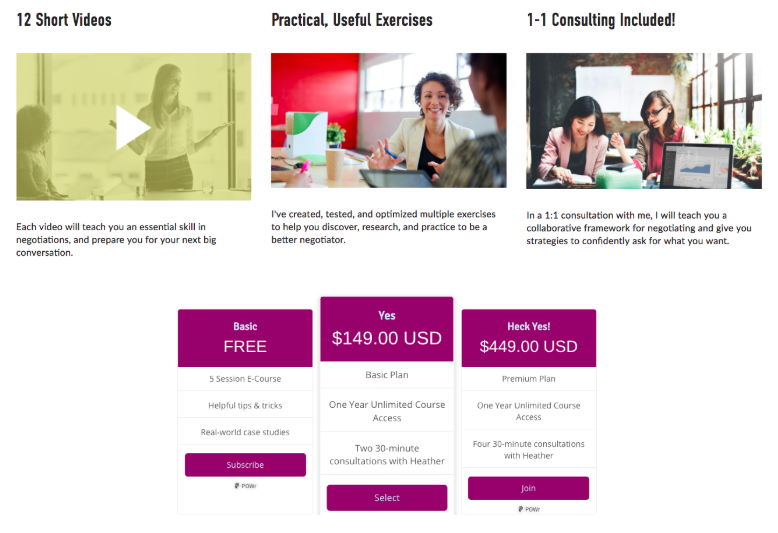
What’s wrong with this offer?
Nobody (except me and I’m a weirdo) wants to be a better negotiator for negotiations sake.
Instead, they want a particular outcome. In this case they want to get paid a larger salary. Why do they want to get paid a larger salary? Depends on the market, but it may be any of the following problems they need to get solved:
- Want to feel like they are getting compensated fairly for the work they do
- Feel like they aren’t taken seriously in their job or they’re not valuable to the company
- Want to get college debt paid off
- Their current life isn’t fitting the lifestyle they envisioned.
- Or many more problems!
No matter what it is, this offer isn’t focused on any of those! Instead, it’s only focused on the tool itself (negotiation).
That means the person in this target market must spell out for themselves how negotiation coaching is going to help solve their problems, and if you aren’t making it easy for them, it often leads to confusion.
Confused potential customers don’t buy! Even if you can actually help!
This offer could go from mediocre to great simply by focusing on the particular results or outcome that this target market wants – i.e. What does the negotiation actually get them? (the problem for them that it solves)
NOW HERE’S THE CATCH!
One target market might have a different reason for solving this problem than another, which is why it’s so important that you focus very narrowly at first. You can then speak their language!
If I’m focused only on helping 30-year-old administrative assistants with a college degree or advanced degree get paid more, it may be because they feel they are undervalued and underpaid, with a hint of embarrassment because they feel underemployed.
However if it’s 45+ executives that I’m helping negotiate, there is a whole different set of reasons behind why they want to get paid more.
No matter what I want to understand and be able to communicate those when I make them an offer.
However there’s an even bigger reason why I might be interested in understanding exactly what they want and need. It’s what will allow me to get in front of them in the first place AND cause them to want to talk to you AND already believe that you can help them!
Want to know how to do that?
Well then keep reading, it’s exactly what we talk about in the next section!

Get the Guide Right Now!
DON’T HAVE TIME TO READ THE WHOLE GUIDE RIGHT NOW?
Send it to your email!
Creating a client attraction magnet (because…well, isn’t it obvious you want to attract clients right?)
Most coaches that want to have a “digital presence” want to jump right into this piece!
I can’t tell you how many coaches I’ve talked to that have already started creating an e-book, or video series, or even writing an actual book without understanding who it is that they’re talking to OR what these people actually want and how you can help (your offer)!
The rest of the coaches and consultants that haven’t already started blindly creating something are instead left wondering, “What should I do?”
Eventually, they decide on a video series or something else without ever knowing if that’s what is going to work well. So they go thru the trouble to make it and find out it was a bad idea in the first place.
Now if you already know your target market, who they are and what they want and need, you already have the information to answer these questions, but with a much higher degree of accuracy than our Broke Coaches.
I’ll show you how this works but first let’s define what a Client Attraction Magnet is and why you would want to create one.
HOW TO GET PEOPLE TO RAISE THEIR HAND TO SAY THEY’RE INTERESTED IN WORKING WITH YOU
I’ve focused a lot of my business on spending my time with the people that are excited to work with me and that I can help and ignoring the rest.
This is exactly one of the biggest reasons to create a solid client attraction magnet.
Think about it:
If you had a way to automatically (without spending your time) separate everyone that you would be excited to work with from the rest crowd wouldn’t you do it?
But, wait, it gets better. These same people want to give you explicit permission to build a relationship them and have you send them things that build you up as an authority in their eyes so they begin to trust you!
You might think, “OK, who am I going to have to bribe to make this happen?”
But that’s the beauty of it. You can do all of this without being manipulative or deceiving using a Client Attraction Magnet!
WHAT IS A CLIENT ATTRACTION MAGNET?
The simplest definition? It’s an ethical bribe that offers something of value to someone in your target market that is in exchange for their contact information. They come in many forms:
- Video Series
- Checklist
- Swipe Files
- Webinars
- E books (and regular books)
- Guides
- Mini Courses (or full courses)
- Free membership
- And many more…
As I mentioned earlier, Broke Coaches get really caught up in the modality of their Client Attraction Magnet. Profitable coaches realize that it’s much more important to solve a particular problem or give a specific chunk of value that will help separate the people in your Target Market from everyone else!
You’ve already done the work for this at this point too so all you have to do is look at what your target wants and needs. The very best Magnets will solve a smaller problem or a chunk of the bigger problem that your ideal client has OR it will help them understand the path to solving the bigger problem (and maybe even think about it in a different way!)
Here’s some examples of Client Attraction Magnets that we use at Happen To Your Career:
FigureItOut.co – Figure it Out 8 Day Mini Course
At first glance this may not look like much (and there isn’t much there), but this is one of many versions that we’ve tested.
This is targeted toward a very specific group of people. They use this verbiage “work that fits me” when they describe what they want.
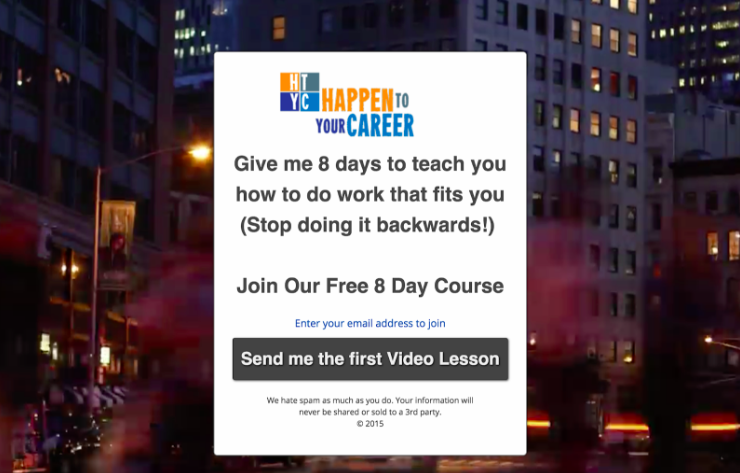
Their Problem: They are in jobs that they don’t find desirable and feel they are meant for something better. They want to stop wasting time and finally figure out what they should do for their career. They are tired of not having this answer and feel like it’s stopping them from truly living their life. In short they are in the wrong job and want to understand what they should be doing for their career to have work they enjoy and fits their lifestyle. They’re looking for an answer.
What does this client attraction Magnet do for them? It helps them understand chunks of a process they can use to solve their problem. Some people can go thru the entire process and have their solution and didn’t even have to pay for it (which by the way this is a good thing, those people share it and spread the word!) Other people get an understanding of the process they will need to go thru to solve their problem. This can be just as valuable to them to “see the pathway” as it is to walk down the path. Because it now gives them hope.
What is it actually? (How does it work behind the scenes) It’s a series of emails delivered from an email service like Mailchimp. Then each day of 8 days they get that email with a link to a blog post on our website using WordPress through a “hosted” website. When someone self selects to “opt in” to the page (pictured above) they will be added to our email list and then be sent emails similar to the one below which each provide a link in the email to a webpage with a video and a short set of actions for them to take.
Voila!! Video Course!
BTW for more info on how to set up a website or some of the other tools we recommend you can find instructions here.
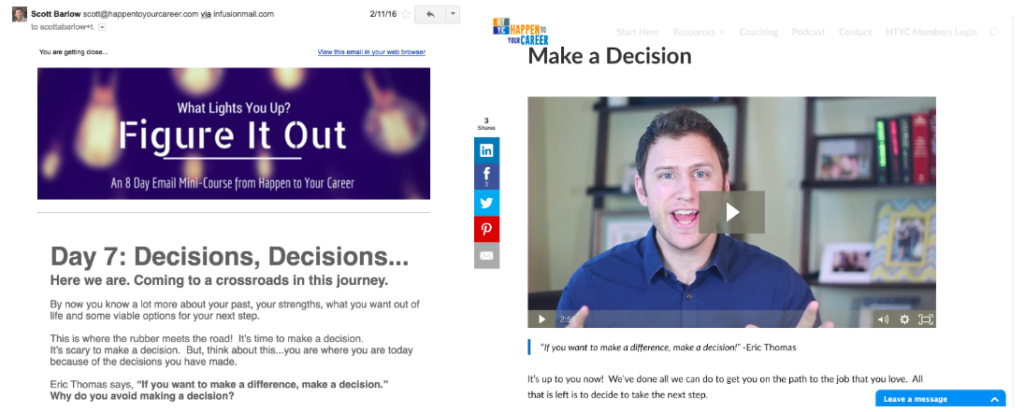
Here’s another completely different take on a lead magnet.
This is from David Mariano at FinanceCareerLaunch.com. We helped him get his business started and get some of his first customers in 2016. Instead of an ebook or a course or a video, he offers a membership site that houses several of these items for his target audience and the people who subscribe to his email list. They give him their email and he gives them a username and password to access everything he has on the site. This is an advanced option and certainly not right for every target market but helps you understand a non-traditional take on the subject! He’s created the go-to set of resources for would-be finance professionals wanting to advance their careers.
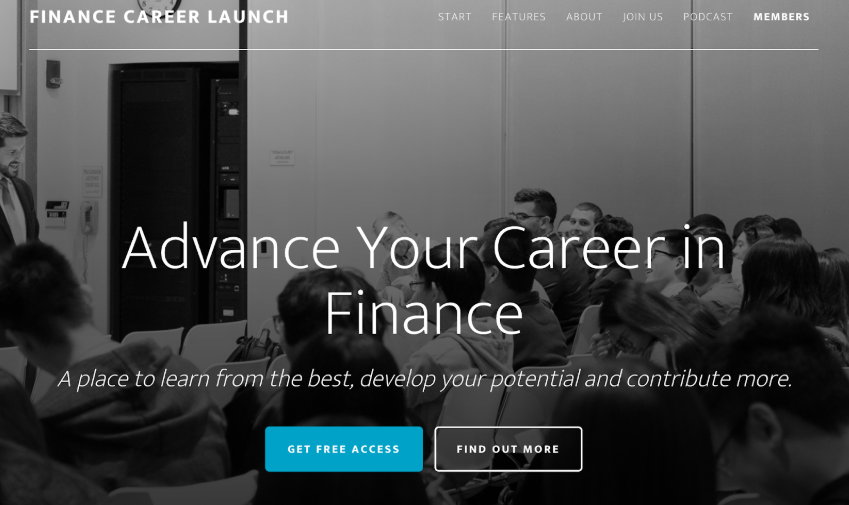
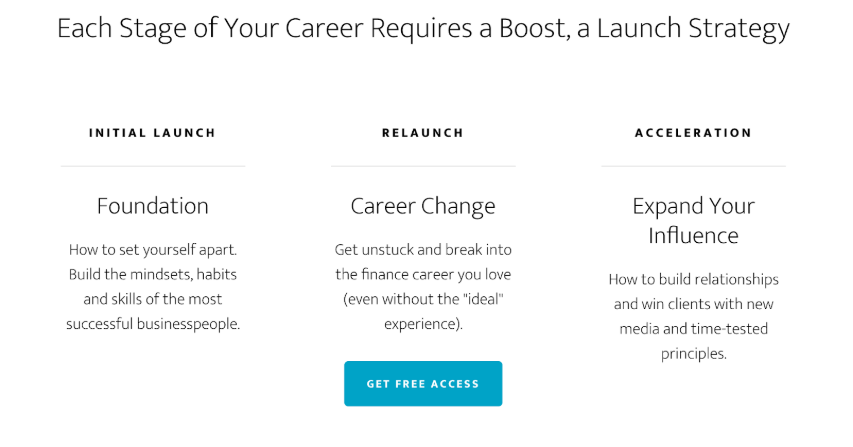
HERE’S SOME QUESTIONS TO ASK WHEN GETTING READY TO CREATE A CLIENT ATTRACTION MAGNET
How does your target market like to consume content?
This will help you decide what modality might be best for them (Ebook vs. Video vs. Something else)
What are the smaller problems that you can solve immediately for them?
These are often precursor or pre requisite problems that lead them closer down the path to get where they want to go.
For example, if you coach people on nutrition and particularly smoothie diets, you may be able to provide detailed reviews of Juicers or Machines to make smoothies. As you help them decide whether to get a Ninja or Kitchen Aid, you will be building trust with them so that you can later get the opportunity to help them further!
What can you do to deliver more value than you are comfortable with?
It should feel like you’re giving away something that others might charge money for. This is part of what will cause people to want it AND cause you to stand out at the same time!
Feel free to give away the farm. If you are doing coaching, most people will need more than just information from you to make the change! (Example: Most people charge for the info that’s in this guide. I would prefer just to give it to you and we know that some of you will take it and run with it and we will get the opportunity to help others to work to implement all of it!)

Get the Guide Right Now!
DON’T HAVE TIME TO READ THE WHOLE GUIDE RIGHT NOW?
Send it to your email!
Start to Climb – Pursue Your Ideal Career and Life
Alright!
You’ve now got your Client Attraction Magnet, you can describe the people in your target market better than they can and you just plunk yourself down and wait now right?
Well not exactly!
There’s one more piece of the puzzle here: Traffic
WHAT ON EARTH IS “TRAFFIC” REALLY?
Traffic, in this case, simply means bringing your Client Attraction Magnet to live human beings that likely need your help.
Where do you get these humans from? Do I need to shop local? Can I grow my own?
While I don’t want to discourage you from raising mini humans for the purposes of having them download your Client Attraction Magnet later on, there is a better way!
Remember everything you now know about your target market? All that work you did early on? Well part of what you did was also learn where these people hang out, who they follow, what they click on, what websites and podcasts and blogs they pay attention to.
Where do these people meet in real life?
Now, it is where you get to use that info and plunk yourself down in one of those “streams” of your specific peeps! There are several different ways.
The main ways I recommend are to Buy, Build, or Borrow
BUYING TRAFFIC (PAYING FOR PEEPS!)
Buying traffic usually means paid advertising. This can range from the Ads you see on Facebook and Twitter, to sponsored Blog posts to buying sidebar ads on a website that happens to have your target market living there!
This method can work incredibly well, however, let me start with two caveats:
- When we talk about buying ads to get peeps we’re not entering the realm of slave trade or something else creepy!
- This is usually not for beginners, you will want to be comfortable with establishing a budget that you may not see a return on at first before moving down this method!
Where can you do this?
- Social Media: Facebook, Twitter, LinkedIn, Instagram, etc
- Websites: Ads, Native Advertising (messages that look like they are regular content)
- Blogs: Sponsored Posts, Side Bars, Headers, Resource Pages

BUILDING AN AUDIENCE
This is by far the crockpot method NOT the microwave method for traffic. It takes a lot of consistent action spread over time to build an audience in any one method.
To show you what I mean, here’s the download numbers in a chart for one of our Podcasts. We started this one from scratch (with no audience and no connections) This one has been running since late 2013. If you look closely, it really only began growing substantially in the last 2 years.
There are things you can do to speed this up and I have a number of friends that have grown faster, however I want you to understand that Audience building is a long term strategy and is usually best when complemented with one of the other two options.
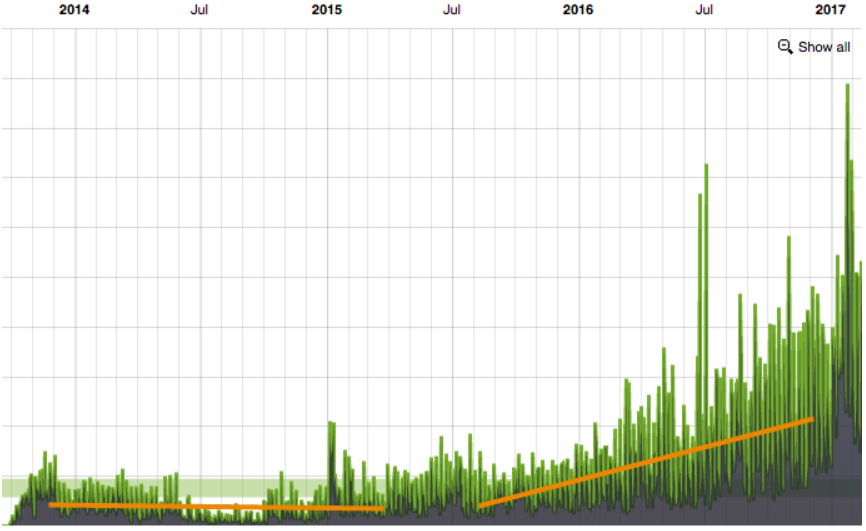
Here are some ways you can build an audience to bring traffic to your lead magnet. My team and I have experience in a lot of these areas but we won’t cover how to do these here since each one can be an entire class with multiple guides to itself!
- Video Based Shows or Channels (Distributed on YouTube, Vimeo, or other places that act as search engines)
- Audio Podcast or Radio Show (distributed on iTunes, Google Play, I Heart Radio, etc)
- Blogs or Writing based feeds
- Leveraging Social Media platforms built in options (note that if you build an audience on social media the disadvantage is that you don’t own it and changes that platform makes can potentially affect you) Ex. Facebook Live, Periscope, etc.
- Books (Distributed on Amazon for digital or Stores and Online Retailers for hard copy books)

BORROWING TRAFFIC
This is where most people will get their initial traffic from besides their friends, Mom, and weird Aunt Susie who stays oddly up to date on everything you do (it’s almost disturbing! …And how does she know about that night with the tequila anyway!)
Anyhow, forget Aunt Susie, Here are some very specific ways you can borrow traffic from other existing audiences.
Contributed Writing – Contributing to an existing website or publishing company. For example we contribute to TheMuse.com and Ramit Sethi’s GrowthLab.com on a regular basis.
Guest Posts – Similar to contributed writing but specifically for those websites that are or have blogs. Often these are smaller but even more targeted than the publishing houses. We’ve written for EventualMillionaire.com, StartofHappiness.com and a number of others that have overlap with our target audiences!
Bonus: Here’s my personal evernote file with info on how to get to write guest posts and contributed articles
https://www.evernote.com/l/AWztMM_kTCtP96MgtE36mziGjX4vHJI8d9o
Podcast Appearances – This is part of how I grew my audience AND found many clients. I went on over 100+ podcasts as a guest and I gave away “gifts” to their audience (my client attraction magnet, which was truly helpful for their audience!)
Bonus: Here’s my personal Evernote file with info on good and bad pitch examples to be a guest on podcasts.
https://www.evernote.com/l/AWyz-IawR5VAkaAEQiGAxUs6YhTMrWt-BdE
Media Appearances – This could be TV, Radio, Newspaper or other print. This is usually only worth your time if that “channel” has exposure to lots of people in your target market OR extremely high numbers in general!
Affiliate Relationships: Sometimes this might be referred to as Affiliate Marketing, Joint Ventures, or Partnership marketing. These are other companies or people that are offering your client attraction magnet to their audience in exchange for a cut (commissions) on any product or service that you end up selling.
Just traffic from this approach alone has added over 10,000 people to our email list in the first 3 years of business.
Webinars or trainings for existing audiences: I have a friend who is a career development coach (for executives) she regularly does webinar style trainings for large recruiting firms.
Speaking and Workshops – This one deserves extra attention, just because it can be such an easy way to get clients at the very beginning of your business. In fact this is how I got my very first coaching client (and my only local client to date!) I spoke at a young professionals function and collected $600 2 days later! BOOM!
However, there’s usually a longer (and more sustainable) road that you can use speaking for besides just your first client!
I helped one of my clients Kwame Christian, Negotiations Coach and Founder of AmericanNegotiationInstitute.com, to his very first 5 figure month by focusing on speaking at functions that had a captive audience in his target market. He would then capture emails from people who wanted his client attraction magnet by passing around an iPad (a clipboard works well here, too, if you don’t mind manually entering emails)!

Another HTYC student who we’ve helped create a funnel for Speaking traffic is Michelle Robin from BrandYourCareer.com. She takes it a step further, when she speaks she passes around a trash can to collect everyones business card and resumes from everyone who wants her Client Attraction Magnet. With this unique tactic she cleans up close to the entire room when she speaks!


Get the Guide Right Now!
DON’T HAVE TIME TO READ THE WHOLE GUIDE RIGHT NOW?
Send it to your email!
How to put it on auto pilot so that you can spend your time on coaching (and traveling!)
Systems are the best!
You don’t have to think about it when you have a system. You don’t have to waste precious time and energy when you have systems and best of all: When that system is automated you don’t even have to lift a finger to keep benefitting from it day in and day out!
We have some automated systems that we built years ago, that still, to this day, are making it easy for potential clients to get help, get to know us and be prepped to buy from us all without breaking a sweat (or even waking up for that matter!)
When you take the upfront time to build a system that delivers your client magnet, follows up on your behalf AND even schedules potential clients to your calendar automatically, you have the ability to spend your time on other things!
You can focus on making sure your current clients are extremely successful. Or it makes it realistic (and possible) to build a business on the side of your full time job.
Or later if you run a coaching business full time it makes it feasible to travel or take vacation without wondering where the next set of clients is going to come from or if you’re going to have to return their email to set up an appointment.
It allows you to work on your business instead of in your business.
Want to know something trippy to think about? The very same system that I created in 2014 now allows my entire team of coaches to have a continuous source of leads of people who need our help (and that we are excited to help!)
It’s that same system that is making it so that I don’t have to be chasing down leads and I can write this for you right now!
Is it easy to create? Simple, yes. Easy? No.
Worth it? Oh yes, very much so!
WHAT YOU NEED TO BUILD AN AUTOMATED CLIENT ATTRACTION SYSTEM
There are many ways to do this, but I want to show you the most simplistic form of what you need.
Let’s assume that in this case your client attraction magnet is a PDF copy of a checklist and that you send them a video along with the checklist telling them how to use it.
NOTE: The details of the target market and the Magnet are left out here because they will be very specific to your situation. What’s important here as a prerequisite is that you are using something that is truly helpful and desirable that fits your target market’s needs. We’ve almost always had to test and create several versions to get it right.
Here’s what you need to make this happen:
- PDF (Client Attraction Magnet)- you can use Google Docs or Microsoft Word and Save/Export to PDF
- Video (Made on iPhone and hosted on YouTube for free)
- Calendar Scheduling Software – We recommend ScheduleOnce or Acuity
- Email Service (That allows drip email or autoresponders) We recommend Mailchimp to start
- Landing Page – for your target Market to Opt in to your Client Attraction Magnet. We recommend Leadpages, or Using your own hosted WordPress site.
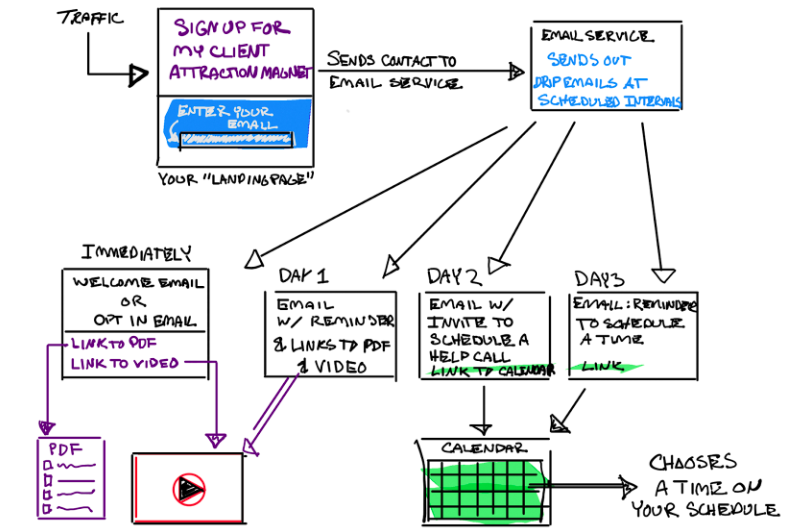

Get the Guide Right Now!
DON’T HAVE TIME TO READ THE WHOLE GUIDE RIGHT NOW?
Send it to your email!
Ok…Where do I start?
Everybody has somewhere to start for you. It usually begins with buying their “thing” to help you get started.
Here’s what I would suggest. Start with the steps that I’ve outlined in this guide.
- What you don’t have to spend time doing
- Who do you actually want to work with (and can help the very most)
- How to package an offer that gets clients (because it isn’t what you think)
- Creating a Client Attraction Magnet (because….well isn’t it obvious
- The not-so-magic trick of getting people to come to you!
- How put it on auto pilot so that you can spend your time on coaching (and traveling!)
Avoid what Broke Coaches do like the plague and you will find that your coaching business rises out of the dismal abyss and the fellow coaching friends you make will be coming to you asking what you’re doing.
Trust me, it doesn’t take much. Ever since we had our first $3000 month years ago, people have beating down my door and asking to pick my brain on what we’re doing.
That’s how low the bar is. But you don’t have to stop there. Once you know how to grow a $3000 a month business, you can easily do $5000, Once you can do $5000 simply changing your prices can get you to $8000 a month
BTW here’s the quick math on what an $8000 a month coaching business looks like.
$997 per client per month X 8 Clients.
Done and Done. That’s my kind of Math!
Maybe that’s too rich for your target market? Probably not, but I’ll indulge you.
No problem.
$697 per client per month X 11 Clients
Or here’s what my business looked like when I went full time back in 2015
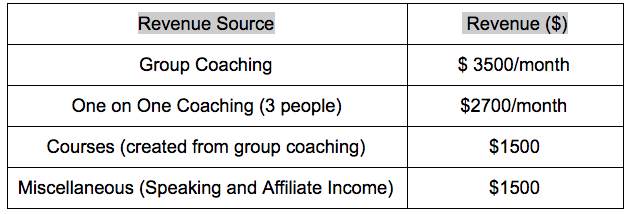
Once you’ve built a coaching business you don’t have to keep coaching 15+ clients if you don’t want to, you can mix it up any way you like.
But if you’ve learned all the steps earlier on in this guide, those are the same steps that you can use to develop products, courses, programs and really to build and market businesses in your particular industry.
If you want help putting this together and getting your own coaching business up and running, we would love to help!
Plus it’s kind of what we do!
All you have to do is take a few minutes and tell us a little bit more about the business you’re building or would like to build and we can help you figure out the very best way we can be of service for you!
Just click here and fill out the help form and we will figure out how to get you on the road to your own full time coaching business.
Take a few minutes to fill out the form here and schedule a call!
We will help you determine the best way to help you get to full time with a coaching business of your own.
Or feel free to simply email my team at support@happentoyourcareer.com
Or me at Scott@happentoyourcareer.com
We would love to serve you any way we can!!!

Get the Guide Right Now!
DON’T HAVE TIME TO READ THE WHOLE GUIDE RIGHT NOW?
Send it to your email!
